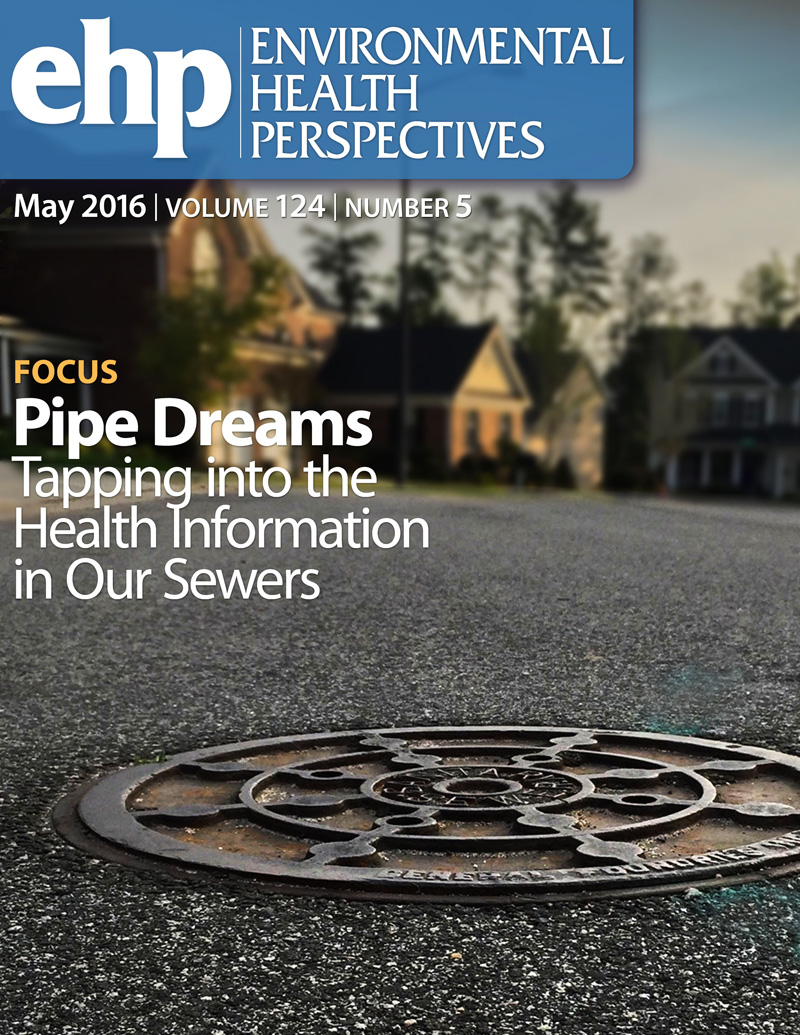The Critical Role of Commercial Analytical Reference Standards in the Control of Chemical Risks: The Case of PFAS and Ways Forward.
IF 10.1
1区 环境科学与生态学
Q1 ENVIRONMENTAL SCIENCES
引用次数: 0
Abstract
BACKGROUND Various countries have instituted risk governance measures to control and minimize the risks of chemicals at the national and international levels. Activities typically include risk assessment based on a) hazard and exposure assessments; b) setting limits on the production, use, and emissions of chemicals; c) enforcement of regulations; and d) monitoring the effectiveness of the measures taken. These steps largely depend on chemical analysis and access to pure chemical reference standards. However, except for specific highly regulated categories of chemicals, such reference standards often are not commercially available. This raises a critical question: Given the widespread lack of reference standards, is the current approach to governing chemicals adequate to protect humans and the environment from harm? If not, what measures could be taken to improve the situation? OBJECTIVE We outline how current chemical risk governance is hampered by the widespread lack of reference standards to produce the required scientific evidence. We also provide a list of recommendations for controlling chemical risks in the absence of reference standards. DISCUSSION We use per- and polyfluoroalkyl substances (PFASs), specifically the chemical C6O4 [perfluoro ([5-methoxy-1,3-dioxolan-4-yl]oxy) acetic acid], to illustrate how companies that produce chemicals can prevent access to reference standards. We argue that the very limited availability of reference standards undermines the ability of scientists to produce independent scientific evidence needed for chemical risk governance and, thereby, prevents society from protecting people and the environment against chemical pollution and its harms. Possible ways to improve the situation include a) guaranteeing access to chemical reference standards by creating a reference standards repository, b) redefining the level of confidence sufficient for regulatory action, c) providing alternative options for chemical identification and quantification when reference standards are not available, and d) considering, when no reference standards are available, regulation of chemicals by class rather than individually. https://doi.org/10.1289/EHP12331.商业分析参考标准在化学品风险控制中的关键作用:PFAS的案例和未来的方向。
背景各国已经制定了风险管理措施,以便在国家和国际一级控制和尽量减少化学品的风险。活动通常包括基于a)危害和暴露评估的风险评估;B)限制化学品的生产、使用和排放;C)法规的执行;d)监测所采取措施的有效性。这些步骤在很大程度上取决于化学分析和获得纯化学参考标准。但是,除了受到高度管制的特定化学品类别外,这种参考标准通常无法在商业上获得。这就提出了一个关键问题:鉴于普遍缺乏参考标准,目前管理化学品的方法是否足以保护人类和环境免受危害?如果不是,可以采取什么措施来改善这种情况?我们概述了当前化学品风险治理如何受到普遍缺乏参考标准以产生所需科学证据的阻碍。我们还提供了在没有参考标准的情况下控制化学品风险的建议清单。讨论我们使用全氟和多氟烷基物质(PFASs),特别是化学物质C6O4[全氟([5-甲氧基-1,3-二恶唑-4-基]氧)乙酸]来说明生产化学品的公司如何阻止获得参考标准。我们认为,参考标准的非常有限的可用性削弱了科学家产生化学风险治理所需的独立科学证据的能力,从而阻碍了社会保护人类和环境免受化学污染及其危害。改善这一状况的可能方法包括:a)通过建立参考标准库来保证获得化学参考标准;b)重新定义足以采取监管行动的置信水平;c)在没有参考标准时提供化学鉴定和定量的替代方案;d)在没有参考标准时考虑按类别而不是单独对化学品进行监管。https://doi.org/10.1289/EHP12331。
本文章由计算机程序翻译,如有差异,请以英文原文为准。
求助全文
约1分钟内获得全文
求助全文
来源期刊

Environmental Health Perspectives
环境科学-公共卫生、环境卫生与职业卫生
CiteScore
14.40
自引率
2.90%
发文量
388
审稿时长
6 months
期刊介绍:
Environmental Health Perspectives (EHP) is a monthly peer-reviewed journal supported by the National Institute of Environmental Health Sciences, part of the National Institutes of Health under the U.S. Department of Health and Human Services. Its mission is to facilitate discussions on the connections between the environment and human health by publishing top-notch research and news. EHP ranks third in Public, Environmental, and Occupational Health, fourth in Toxicology, and fifth in Environmental Sciences.
 求助内容:
求助内容: 应助结果提醒方式:
应助结果提醒方式:


